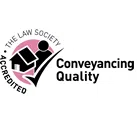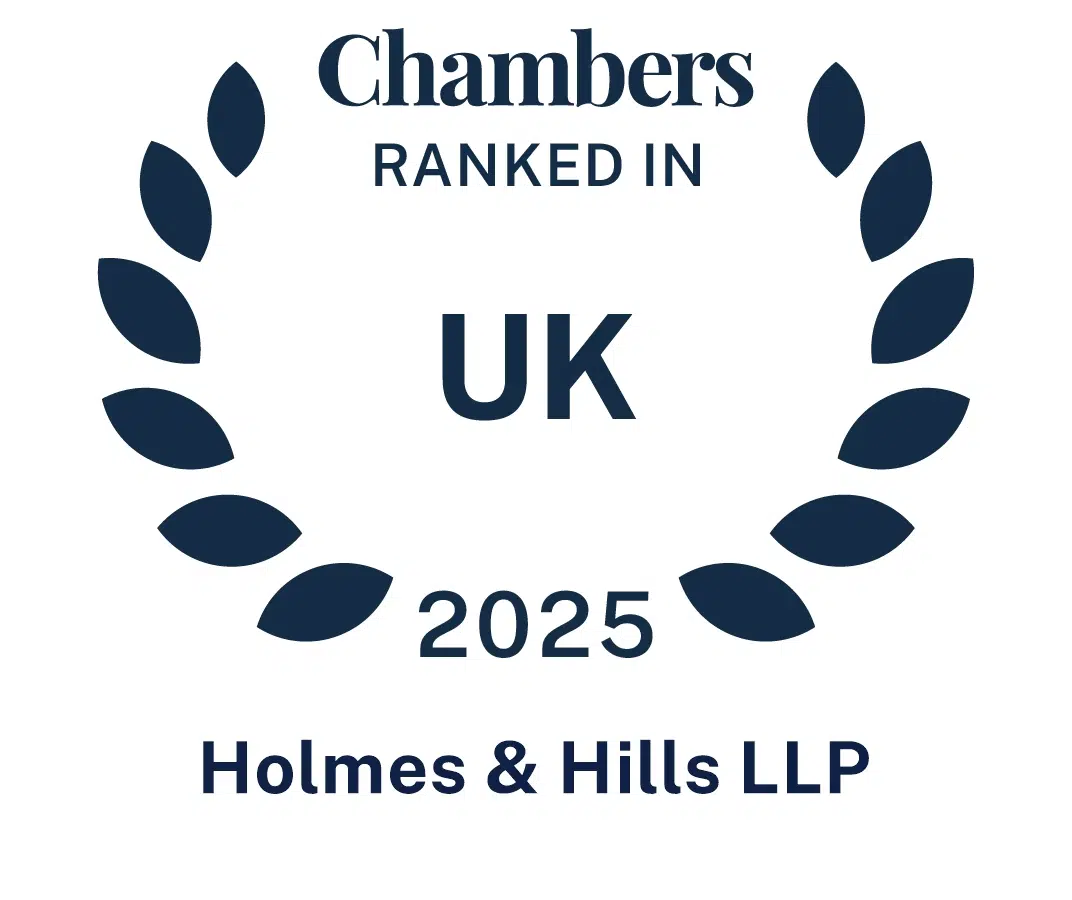Planning Solicitor, Sarah Hare, delves into the question of what is a public right of way, and explains various different legal terms that could crop up when looking into public rights of way and planning law.
Essex and Suffolk benefit from just under 8,000 miles of public rights of way consisting of: footpaths, bridleways, byways open to all traffic and restricted byways.
All public rights of way (PROW) are classed as highways but each type of PROW has a limit as to how they can be used:
A footpath is a highway over which the public has a right of way on foot. A footpath should be at least 1 metre wide across a field where crops are growing, and 1.5 metres wide where it passes around the edge of a field.
A bridleway is a highway over which the public has a right of way on foot, with powered mobility aids, horseback and on bicycle. There may also be a right to drive animals along a bridleway – this will be noted in the Highway Authority’s Definitive Statement.
A BOAT is a highway over which the public is entitled to travel on foot, horseback, horse-drawn vehicles, all types of pedal-cycle and by all kinds of motorised vehicle. Although legally open to all vehicles, a BOAT is used mainly by the public for walking or riding. Most byways do not have a sealed surface and may not be suitable for certain vehicles. Vehicles that use a byway must be taxed, insured and have passed their MOT check just as they would be on the road.
Due to the nature of some BOATS, it is not uncommon for motor vehicles to be prohibited on some Byways by Traffic Regulation Orders (TROs). These restrictions can be permanent, seasonal or temporary.
A restricted byway allows right of way on foot, on horseback, leading a horse, using a horse-drawn vehicle, riding a bicycle or using any other vehicle that is not mechanically propelled.
Public Rights of Way are protected by law and can only be altered by legal order. The Definitive Map is a statutory document which is conclusive in law as to the existence and location of Public Rights of Way. Each Highway Authority has a duty to record and keep PROWs open.
The Definitive Map is accompanied by Definitive Statements which give a brief description of each path, and by a series of Definitive Map Modification Orders which record any changes made since the publication of the Highway Authority’s current Definitive Map.
The Definitive Map is under continuous review.
Sometimes it is necessary to divert or extinguish a PROW. This can be done on a temporary basis using a temporary traffic regulation order or on a permanent basis either under the Highways Act 1980 or the Town and Country Planning Act 1990.
Holmes & Hills Planning Law Department are able to assist with PROW issues that you may have. Please contact Sarah Hare, if you have any queries.
Call 01206593933 and speak to a specialist planning law solicitor. Or complete the form below.
Disclaimer
The content of this article is provided for general information only. It does not constitute legal or other professional advice. The information given in this article is correct at the date of publication.






A Mackman Group collaboration - market research by Mackman Research | website design by Mackman